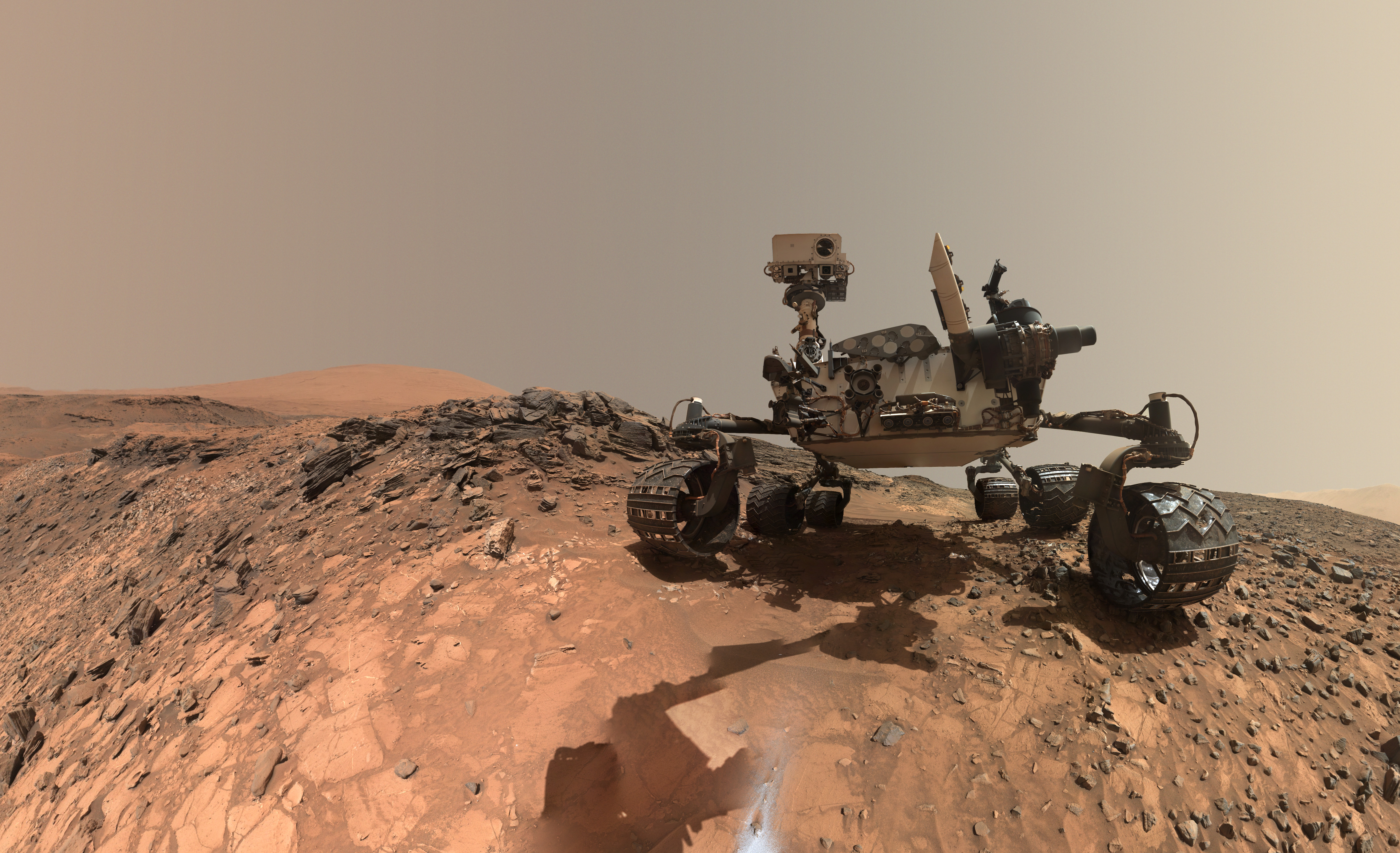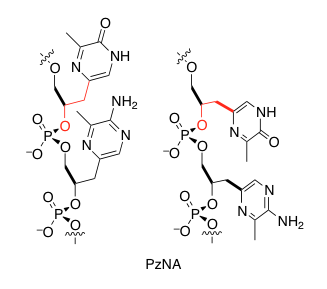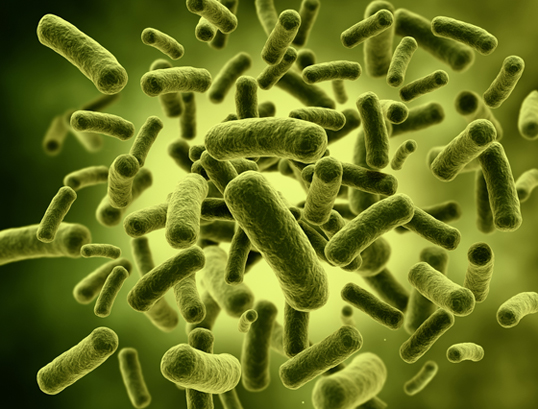
Contemporary life produces RNA and DNA by employing enzyme catalysts and energy-rich polymerization substrates ((d)NTPs). These enzymes enable cells to produce chemically homogeneous biopolymers (particularly with respect to backbone heterogeneity, i.e., 2′-5′ vs. 3′-5′ linkages), and these energy-rich substrates enable these enzymes to separate the double helix of DNA, allowing for replication and translation. Early forms of life (or pre-life) would have lacked such enzymes. Model nonenzymatic reactions intended as prebiotically plausible substitutes for the RNA synthesis pathways found in cells produce complex mixtures of products, which have differing properties from the chemically homogeneous nucleic acids produced by modern enzymes. Recently, we have characterized the structure and function of RNA catalysts and double helices formed of strands of RNA representative of the product mixtures produced in model prebiotic reactions. I will discuss these results with regard to the consequences of product mixtures for early life.
 Investigating Habitable Environments on Mars Using Orbital and Rover-Based Imaging Spectroscopy
Investigating Habitable Environments on Mars Using Orbital and Rover-Based Imaging Spectroscopy Chemical Gardens, Chimneys, and Fuel Cells: Simulating Prebiotic Chemistry in Hydrothermal Vents on Ocean Worlds
Chemical Gardens, Chimneys, and Fuel Cells: Simulating Prebiotic Chemistry in Hydrothermal Vents on Ocean Worlds The Synthesis of an Artificial Genetic Polymer: From Small Molecules to Proto-Nucleic Acids
The Synthesis of an Artificial Genetic Polymer: From Small Molecules to Proto-Nucleic Acids Quantifying Constraints on Metabolic Diversity Patterns
Quantifying Constraints on Metabolic Diversity Patterns